The Safety of Nuclear Power: Risks and Benefits
Nuclear power has been a topic of intense debate for decades, often viewed through the lens of both fear and fascination. As we navigate the complexities of energy production in an era where climate change looms large, understanding the safety of nuclear power becomes paramount. This article delves into the multifaceted aspects of nuclear energy, weighing its inherent risks against the substantial benefits it offers as a sustainable energy source. With the world striving for cleaner energy solutions, nuclear power stands out as a potential game-changer, but not without its own set of challenges.
Nuclear energy is generated through nuclear reactions, primarily the process of fission. During fission, the nucleus of an atom splits into smaller parts, releasing a significant amount of energy. This energy is harnessed to produce steam, which then drives turbines to generate electricity. The technology involved in this process is both fascinating and complex, involving sophisticated machinery and engineering principles. To put it simply, think of nuclear power as a high-stakes game of splitting atoms to create a powerful energy source. But how does it all come together? Let's explore further.
Nuclear power plants are equipped with a myriad of safety systems designed to prevent accidents and ensure safe operations. These safety measures are not just protocols; they are the backbone of nuclear energy production. For instance, advanced engineering controls, such as redundant systems and real-time monitoring, work tirelessly to mitigate risks. Imagine a fortress designed to withstand any siege; similarly, nuclear plants are fortified with layers of safety features to protect against potential failures.
Modern nuclear reactors incorporate advanced design features that enhance safety significantly. One of the most notable innovations is the introduction of passive safety systems. These systems operate without the need for active intervention, relying instead on natural physical principles, such as gravity and convection, to maintain safe conditions. For example, in the event of a loss of power, these systems can automatically cool the reactor core. It’s like having a safety net that activates on its own when danger approaches.
Containment structures are critical in preventing the release of radioactive materials into the environment. These robust barriers are designed using advanced materials and engineering techniques to withstand extreme conditions, including earthquakes and floods. The design often resembles a thick, impenetrable shell, ensuring that even in the most catastrophic scenarios, the radioactive materials remain securely contained. It's a bit like a high-tech safe, built to protect valuable contents from any external threat.
Effective emergency response protocols are essential for managing potential incidents in nuclear facilities. These protocols are meticulously crafted and regularly updated to ensure readiness in the face of emergencies. Personnel undergo rigorous training programs that simulate various scenarios, preparing them to respond swiftly and effectively. Picture a fire drill at school, but with the stakes raised significantly; this level of preparedness is crucial in maintaining safety in nuclear power operations.
Nuclear power is subject to stringent regulatory oversight, ensuring that safety standards are not only met but exceeded. Government agencies play a pivotal role in this process, conducting inspections and audits to guarantee compliance with safety regulations. This oversight acts as a safety net, providing an additional layer of assurance that nuclear plants operate within the established safety parameters. Think of it as having a watchdog that keeps a vigilant eye on the entire operation, ensuring that everything runs smoothly and safely.
While nuclear power boasts numerous benefits, it is not without its risks. The potential hazards associated with nuclear energy, including accidents and waste management, are critical considerations. Understanding these risks is essential for a balanced view of nuclear energy's role in our future. After all, every rose has its thorns, and nuclear power is no exception.
Nuclear accidents, although rare, can have severe consequences. Historical incidents such as Chernobyl and Fukushima have left an indelible mark on public perception and policy regarding nuclear energy. These events serve as stark reminders of the potential dangers associated with nuclear power, leading to widespread fear and skepticism. It's crucial to learn from these past mistakes to improve safety measures and regain public trust.
The management of radioactive waste is a significant concern for the nuclear industry. Current strategies involve various technologies for safely disposing of nuclear waste, including deep geological repositories and reprocessing. The challenge lies in ensuring that these materials are contained and monitored for thousands of years, akin to burying a treasure chest and ensuring that no one ever finds it. The importance of effective waste management cannot be overstated, as it is vital for the sustainability of nuclear energy.
Nuclear power offers several advantages as a low-carbon energy source. As the world grapples with climate change, nuclear energy emerges as a viable solution to reduce greenhouse gas emissions and enhance energy security. The benefits of nuclear energy in addressing these pressing issues cannot be ignored.
Nuclear power contributes significantly to reducing greenhouse gas emissions. Unlike fossil fuels, nuclear energy generates electricity without emitting carbon dioxide during operation. This characteristic positions nuclear power as a key player in the fight against climate change. Imagine a world where clean energy sources like nuclear power help us breathe easier and reduce our carbon footprint; it's a vision worth pursuing.
Nuclear power provides a reliable energy source that enhances energy security. By diversifying energy portfolios, nuclear energy can help ensure a stable electricity supply, reducing reliance on imported fuels. This reliability is crucial, especially during peak demand periods when other energy sources may falter. Think of nuclear energy as a dependable friend who always shows up when you need them most—steady, reliable, and unwavering.
- What are the main safety features of nuclear power plants? Nuclear power plants have multiple safety systems, including containment structures, emergency cooling systems, and rigorous operational protocols.
- How is radioactive waste managed? Radioactive waste is managed through various strategies, including storage in deep geological repositories and recycling.
- What are the environmental impacts of nuclear energy? Nuclear energy has low greenhouse gas emissions, but concerns remain regarding waste management and potential accidents.
- How does nuclear energy compare to renewable sources? While nuclear energy is low-carbon and reliable, renewable sources like wind and solar are more sustainable long-term.
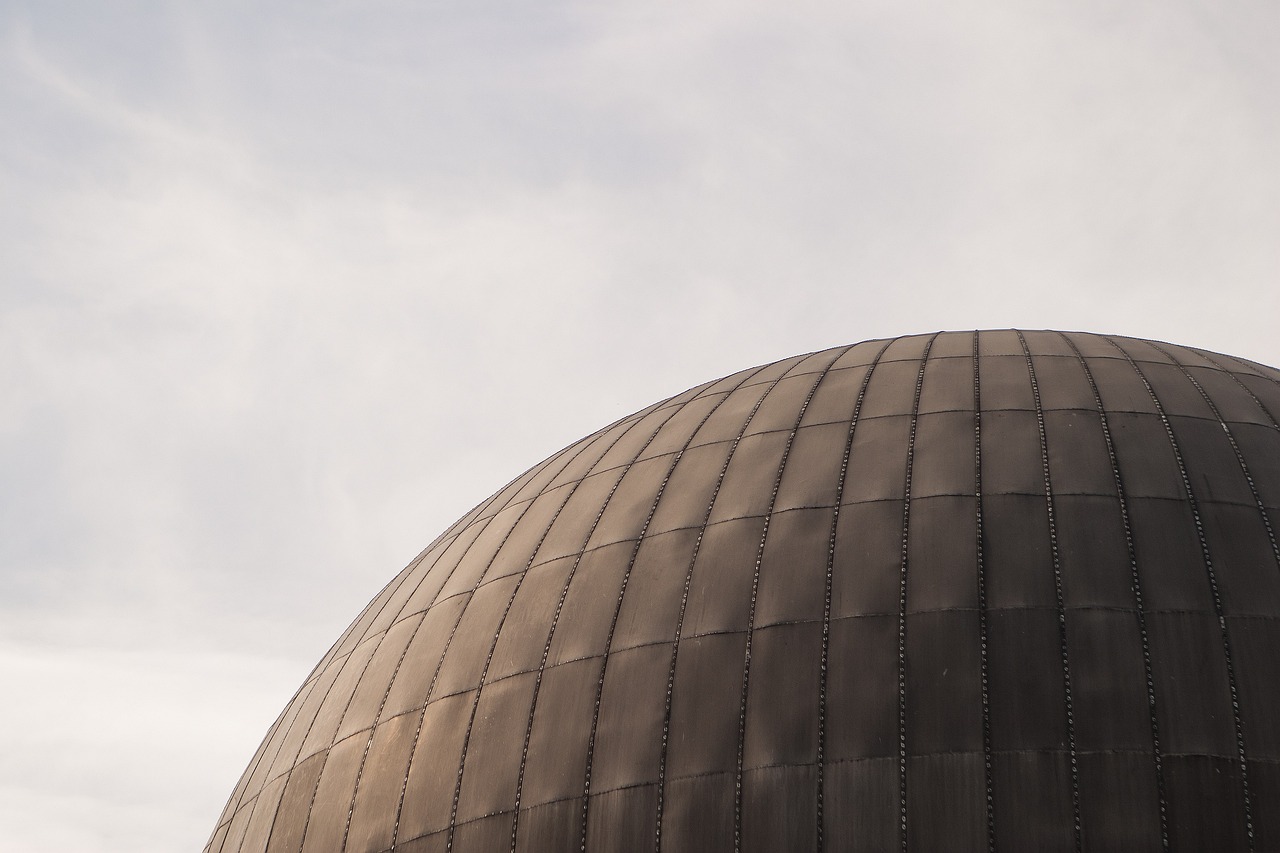
Understanding Nuclear Energy
Nuclear energy is a powerful source of energy that is generated through nuclear reactions, primarily the process known as fission. In simple terms, fission is the splitting of an atom's nucleus into smaller parts, which releases a tremendous amount of energy. Imagine a tiny atom as a locked treasure chest; when it opens, the energy inside can illuminate cities or power entire industries. This energy is harnessed in nuclear power plants, where it is converted into electricity that can be used in homes and businesses.
The technology behind nuclear energy is quite fascinating. It involves complex machinery and systems that work together to ensure that the energy released during fission is controlled and used efficiently. At the heart of this process are nuclear reactors, which are designed to manage the fission reaction safely. Inside these reactors, fuel rods containing uranium or plutonium are bombarded with neutrons, causing them to split and release energy in the form of heat. This heat is then used to produce steam, which spins turbines to generate electricity.
To give you a clearer picture, here’s a simplified overview of how nuclear energy is generated:
| Step | Description |
|---|---|
| 1. Fission Reaction | Uranium or plutonium atoms are split, releasing energy. |
| 2. Heat Generation | The energy from fission heats water in the reactor. |
| 3. Steam Production | Heat converts water into steam. |
| 4. Electricity Generation | Steam spins turbines connected to generators, producing electricity. |
While this process may sound straightforward, the reality is that it requires a high level of precision and safety measures to prevent any mishaps. The engineering behind nuclear reactors is incredibly advanced, incorporating numerous safety systems to ensure that the fission reaction remains stable and controlled. This complexity is what makes nuclear energy both a remarkable and a controversial topic in discussions about sustainable energy solutions.
As we delve deeper into the world of nuclear energy, it’s essential to recognize both its potential and the challenges it presents. Understanding how nuclear energy works is just the beginning of a broader conversation about its role in our energy future. Are we ready to embrace this powerful source of energy, or do the risks outweigh the benefits? The debate continues, and it's one that deserves our attention.
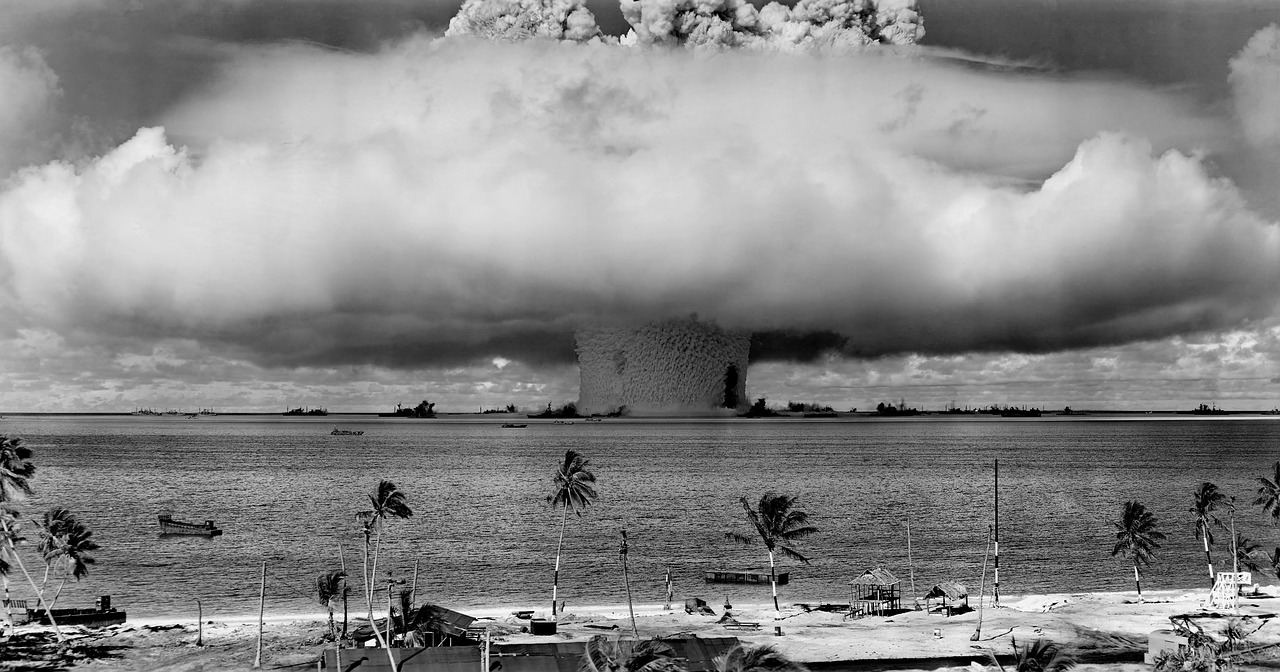
Safety Measures in Nuclear Power Plants
Nuclear power plants are designed with an array of robust safety measures to protect both the environment and human life from potential hazards. The intricate systems and protocols in place are not just about preventing accidents; they are a comprehensive approach to ensuring operational safety in the face of various challenges. One might wonder, how do these plants maintain such high safety standards? The answer lies in a combination of advanced engineering, stringent regulations, and a culture of safety that permeates every level of operation.
At the heart of nuclear safety are the engineering controls that govern plant operations. These controls include multiple redundant systems that can automatically shut down the reactor in case of an anomaly. For instance, if a reactor experiences an unexpected increase in temperature, emergency cooling systems are activated to prevent overheating. This kind of proactive approach is akin to having multiple lifeguards at a swimming pool; even if one misses a signal, others are there to step in. The goal is to create layers of protection that can handle various scenarios effectively.
Modern nuclear reactors incorporate advanced design features that significantly enhance safety. Among these are passive safety systems, which rely on natural physical phenomena rather than active mechanical systems to function. For example, these systems can utilize gravity and natural circulation to cool the reactor, eliminating the need for external power sources. This is a game-changer during emergencies when power outages could hinder traditional cooling methods.
One of the most critical aspects of nuclear safety is the containment structures that house the reactor. These structures are designed to withstand extreme conditions, including earthquakes and severe weather events. Typically made from reinforced concrete and steel, they act as a fortress, preventing the escape of radioactive materials into the environment. The design of these structures is so robust that they are often compared to a bank vault—secure, impenetrable, and built to last.
In addition to physical structures, effective emergency response protocols are crucial for managing potential incidents. Nuclear power plants conduct regular drills and training programs to prepare staff for various emergency scenarios. These protocols include immediate evacuation procedures, communication strategies with local authorities, and coordinated responses with emergency services. Think of it as a fire drill in a school; the more prepared everyone is, the smoother the response will be when a real emergency occurs.
Nuclear power is subject to stringent regulatory oversight by government agencies, which play a vital role in ensuring compliance with safety standards. These agencies conduct regular inspections and audits, making sure that every aspect of plant operation meets or exceeds established safety guidelines. This oversight acts as a safety net, catching potential issues before they escalate into serious problems. It’s like having a coach who constantly reviews your performance, ensuring you stay on track and improve continuously.
In summary, the safety measures in nuclear power plants are a multifaceted approach that combines advanced technology, rigorous training, and strict regulatory oversight. By integrating these elements, nuclear power plants strive to create a safe environment for both workers and the surrounding communities, ensuring that the benefits of nuclear energy can be realized without compromising safety.
- What are the main safety features of nuclear power plants?
Nuclear power plants are equipped with multiple safety systems, including emergency cooling systems, containment structures, and passive safety features that work even without external power. - How often are nuclear power plants inspected?
Government agencies conduct regular inspections, often on an annual basis, to ensure compliance with safety standards and regulations. - What happens in case of a nuclear emergency?
In the event of a nuclear emergency, established emergency protocols are activated, including immediate cooling procedures, evacuation plans, and communication with local emergency services.
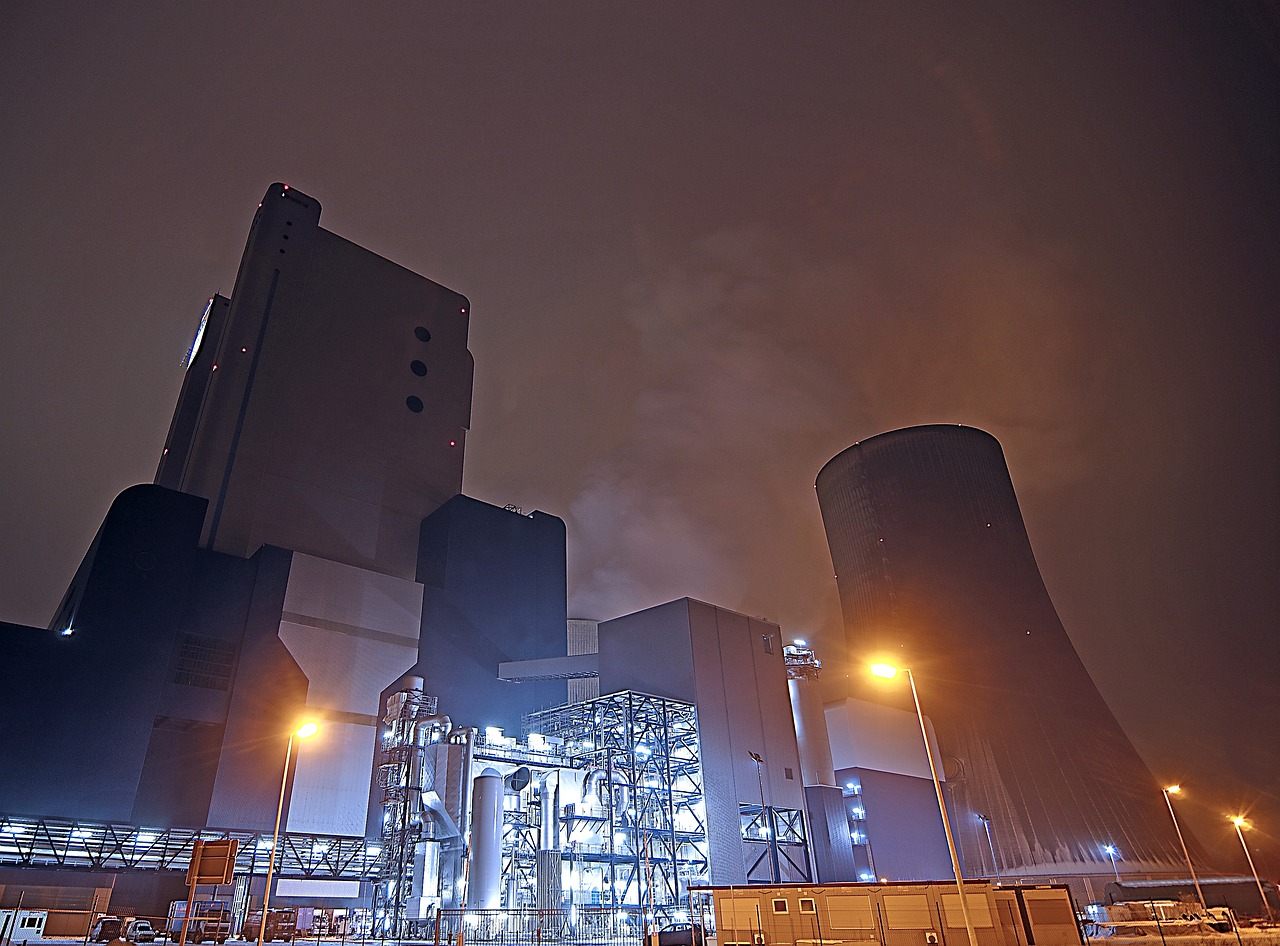
Design Features for Safety
Nuclear power plants are marvels of engineering, designed with an array of advanced safety features that significantly reduce the risk of accidents. One of the cornerstones of these safety measures is the implementation of passive safety systems. Unlike traditional systems that require active intervention, passive safety systems operate automatically, relying on natural physical laws such as gravity and convection to ensure safety. For instance, in the event of a cooling system failure, these systems can circulate coolant without the need for mechanical pumps, which can fail during emergencies.
Another critical aspect of safety design is the containment structures that protect against the release of radioactive materials. These structures are typically made from reinforced concrete and steel, designed to withstand extreme conditions, including natural disasters and potential impacts. The engineering behind these containment buildings is so robust that they are often compared to fortresses, capable of withstanding the forces of nature and human error alike. The design also includes multiple barriers to ensure that even in the unlikely event of a breach, radioactive materials remain contained.
Moreover, the emergency response protocols are meticulously crafted to ensure that all personnel are prepared for any situation that might arise. Regular training exercises simulate various emergency scenarios, allowing staff to practice their responses in a controlled environment. This proactive approach is akin to a fire drill in a school—rehearsing the steps beforehand ensures that everyone knows what to do when the time comes. Additionally, these protocols are continuously updated based on the latest research and technological advancements, ensuring that the response remains effective and relevant.
To illustrate the importance of these design features, consider the following table that outlines key safety components in modern nuclear reactors:
| Safety Feature | Description |
|---|---|
| Passive Cooling Systems | Utilizes natural forces to cool the reactor without active intervention. |
| Containment Structures | Robust barriers designed to prevent the escape of radioactive materials. |
| Emergency Protocols | Comprehensive training and procedures for staff to manage emergencies effectively. |
| Redundant Safety Systems | Multiple systems in place to ensure safety in case one system fails. |
In conclusion, the design features for safety in nuclear power plants are not just a collection of systems but a cohesive strategy aimed at minimizing risks. The combination of passive safety features, strong containment structures, and rigorous emergency protocols creates a robust safety net that protects both the public and the environment. As we continue to explore the potential of nuclear energy, understanding these design principles will be crucial in fostering trust and confidence in this powerful energy source.
- What are passive safety systems? Passive safety systems are designed to function without active mechanical intervention, relying instead on natural physical laws to maintain safety during emergencies.
- How are containment structures built? Containment structures are constructed using reinforced concrete and steel, designed to withstand extreme conditions and prevent the release of radioactive materials.
- What training do nuclear plant staff undergo? Staff receive regular training that includes simulations of emergency scenarios to prepare them for real-life situations effectively.
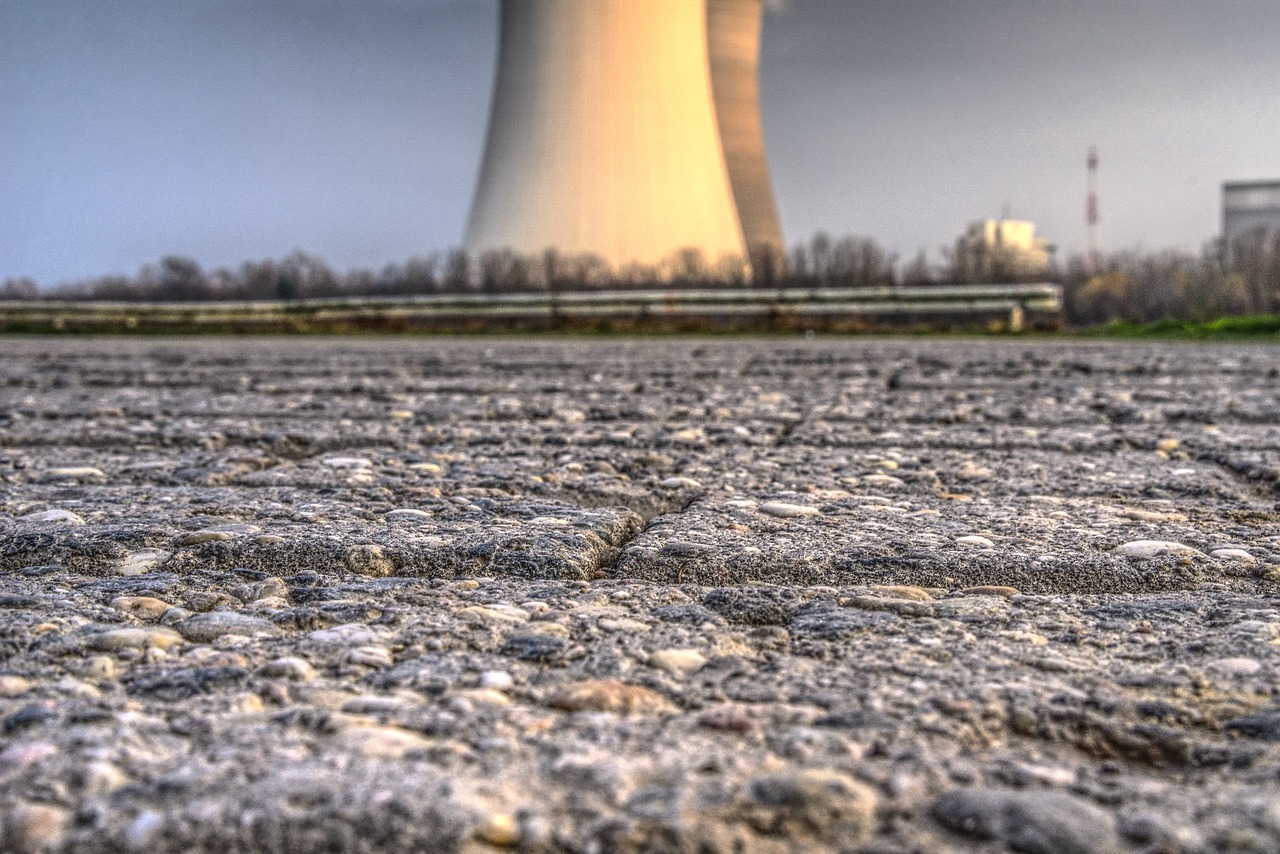
Containment Structures
Containment structures are the backbone of safety in nuclear power plants, acting as a fortress that shields the public and the environment from potential radioactive releases. These robust structures are designed to withstand extreme conditions, including natural disasters and human-made accidents. Imagine a giant, impenetrable shell surrounding the reactor core—this is essentially what containment structures provide. They are built to endure not just the internal pressures during normal operations but also the catastrophic forces that could arise during an emergency.
The materials used in constructing these containment structures are carefully selected for their durability and resistance to radiation. Typically, reinforced concrete is the primary material, often several feet thick, designed to absorb and deflect any potential leaks. In addition to concrete, steel liners are often integrated into the design to provide an extra layer of protection. The combination of these materials results in a structure that is both incredibly strong and effective in containing radioactive materials.
Modern containment designs incorporate advanced engineering principles and safety features. For instance, many reactors utilize a double containment system, which consists of an inner and outer shell. The inner shell contains the reactor and its immediate surroundings, while the outer shell serves as a backup barrier. This layered approach significantly reduces the risk of radiation escape in case of an accident. Moreover, the design is often complemented by sophisticated monitoring systems that continuously check for any signs of leaks or structural weaknesses.
One of the most notable examples of containment structures is the Containment Building at the Fukushima Daiichi Nuclear Power Plant. Despite the catastrophic events that unfolded in 2011, the containment structures played a crucial role in preventing a larger release of radioactive materials into the environment. This incident highlighted not only the importance of robust design but also the need for continuous improvements in safety protocols and technologies.
In summary, containment structures are essential for ensuring the safety of nuclear power plants. They are designed with a multi-layered approach, utilizing advanced materials and engineering techniques to safeguard against potential radiation leaks. As the nuclear industry continues to evolve, ongoing research and innovation in containment design will be critical in maintaining public trust and ensuring the safe use of nuclear energy.
- What materials are used in containment structures?
Containment structures primarily use reinforced concrete and steel liners to provide strength and radiation resistance.
- How do containment structures prevent radioactive leaks?
They are designed with multiple layers, including inner and outer shells, to contain any potential leaks and withstand extreme conditions.
- What role did containment structures play in the Fukushima disaster?
The containment structures helped prevent a larger release of radioactive materials, demonstrating their effectiveness even during severe accidents.
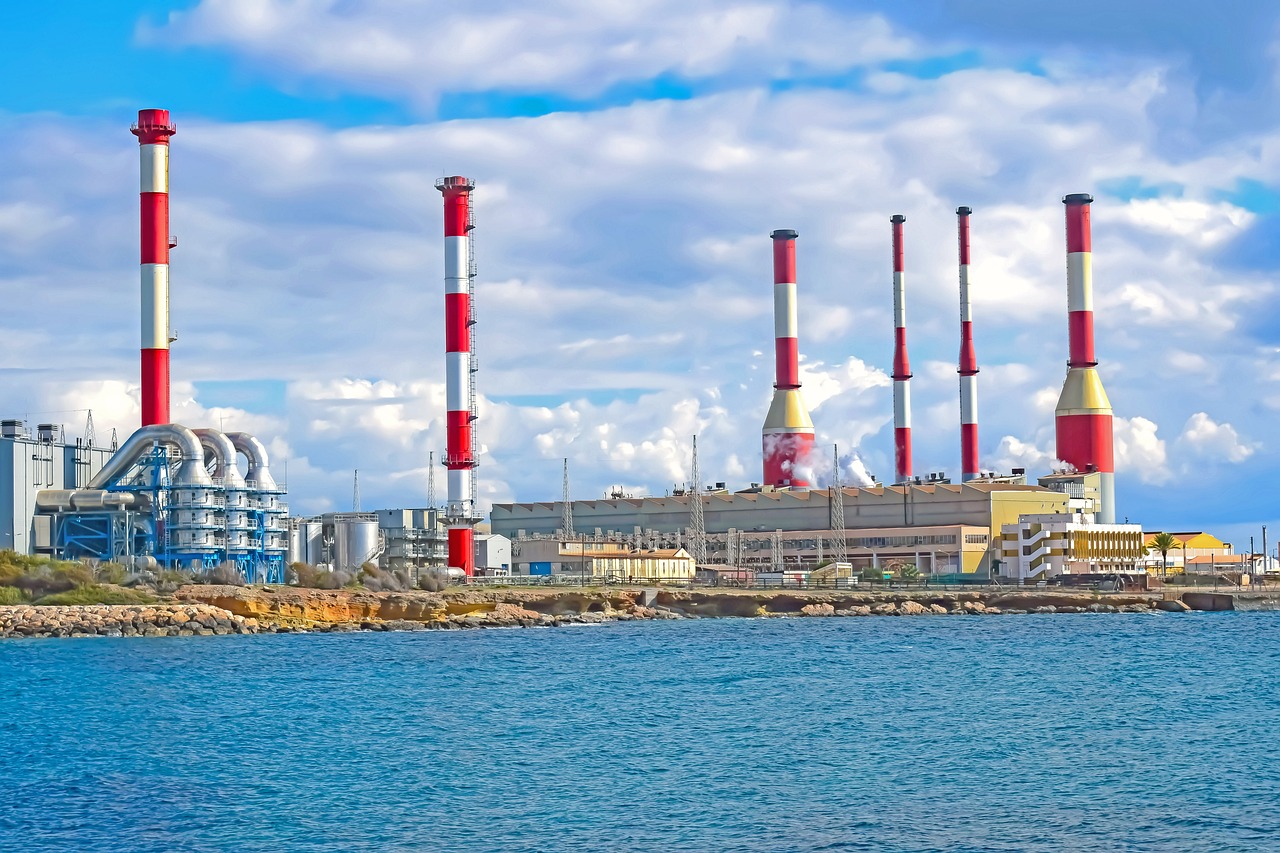
Emergency Response Protocols
Emergency response protocols in nuclear power plants are not just a set of guidelines; they are a vital lifeline designed to protect both human life and the environment in the event of an incident. These protocols are meticulously crafted, taking into consideration various scenarios that could unfold during an emergency. The primary goal is to ensure that all personnel are prepared to act swiftly and efficiently, minimizing risks and mitigating potential damage.
To achieve this, nuclear facilities conduct regular training sessions and drills that simulate different emergency situations. These exercises not only familiarize the staff with the necessary procedures but also help identify areas for improvement. Imagine a fire drill at school, where everyone knows their exit routes and assembly points; similarly, nuclear plant staff practice their emergency responses until they become second nature.
One of the key components of these protocols is communication. In the event of an emergency, clear and effective communication can make all the difference. Protocols are established to ensure that information flows seamlessly between plant operators, emergency responders, and regulatory agencies. This includes the use of advanced communication technologies that allow for real-time updates and coordination. For instance, if an incident occurs, operators can quickly relay information about the situation to local authorities, ensuring that emergency services are prepared to respond appropriately.
Additionally, emergency response protocols include detailed evacuation plans for both plant workers and nearby communities. These plans are crucial, as they outline safe routes and assembly points, ensuring that everyone can evacuate quickly and safely. To illustrate this, consider the following table that summarizes the key elements of an effective evacuation plan:
| Element | Description |
|---|---|
| Evacuation Routes | Clearly marked paths that lead to safe zones. |
| Assembly Points | Designated areas where evacuees can gather and be accounted for. |
| Communication | Systems in place for notifying staff and the public of the situation. |
| Training | Regular drills and simulations to ensure readiness. |
Moreover, these protocols are not static; they evolve based on new research, technological advancements, and lessons learned from past incidents. For example, after the Fukushima disaster in Japan, many nuclear facilities worldwide revisited their emergency response strategies to incorporate more robust measures. This adaptability is crucial in maintaining safety and public trust.
In conclusion, the emergency response protocols in nuclear power plants are comprehensive and dynamic, designed to protect lives and the environment. By ensuring that staff are well-trained, communication is effective, and evacuation plans are in place, nuclear facilities can respond to emergencies with confidence, ultimately contributing to the overall safety of nuclear energy as a power source.
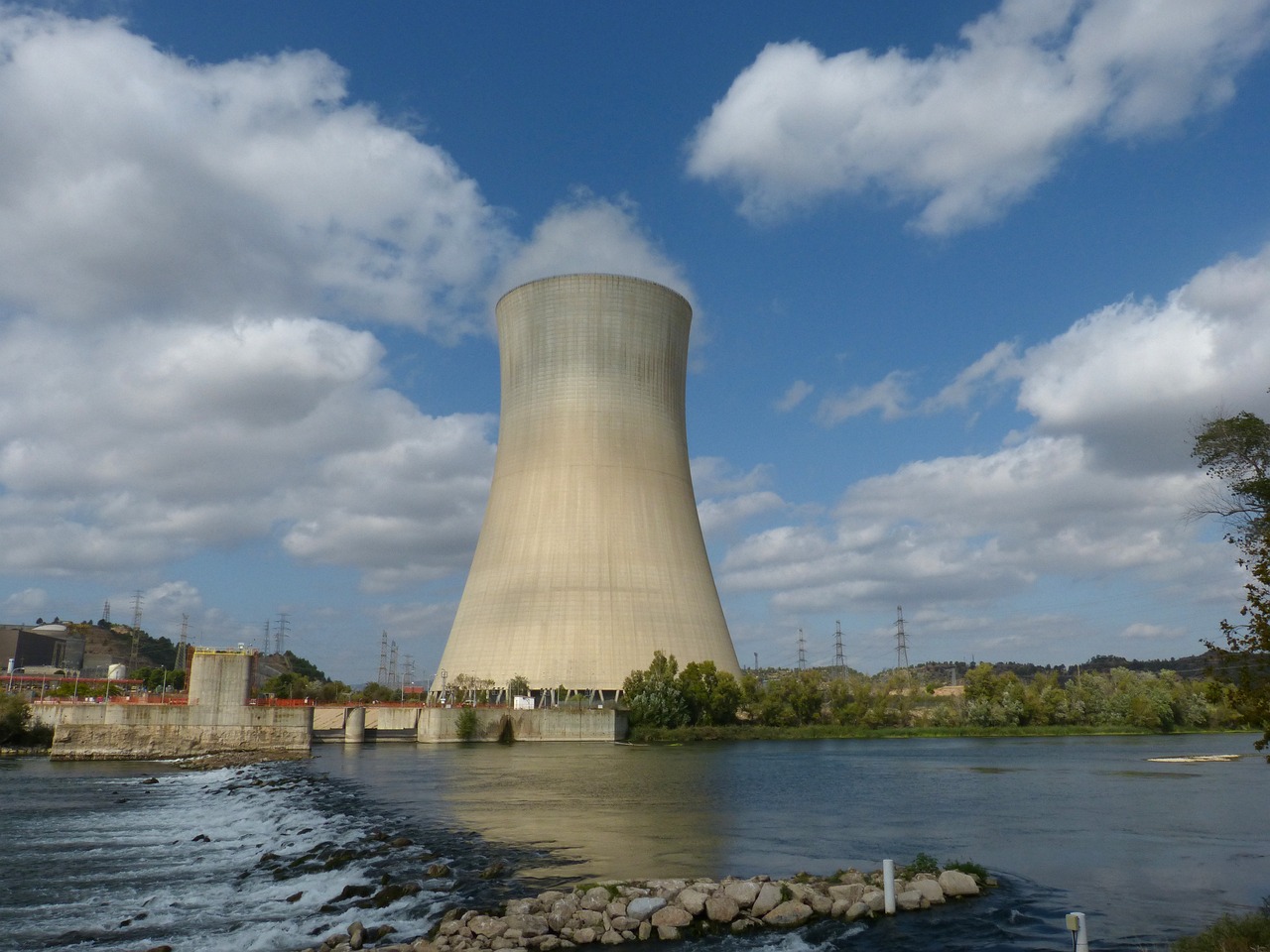
Regulatory Oversight
The safety of nuclear power is not just a matter of engineering; it is also heavily influenced by . Various government agencies around the world are tasked with ensuring that nuclear power plants operate within stringent safety standards. These regulations are designed to protect both the public and the environment from the potential hazards associated with nuclear energy. In the United States, for instance, the Nuclear Regulatory Commission (NRC) plays a pivotal role in overseeing the construction, operation, and decommissioning of nuclear facilities. Their rigorous guidelines cover everything from reactor design to emergency preparedness, ensuring that plants are not only built to withstand accidents but are also equipped to respond effectively should an incident occur.
One of the key aspects of regulatory oversight is the licensing process. Before a nuclear facility can begin operations, it must undergo a thorough review process that assesses its safety protocols, engineering designs, and operational plans. This process can take several years and involves multiple stages, including:
- Pre-application consultations: Engaging with stakeholders and the public to address concerns.
- Environmental impact assessments: Evaluating the potential effects on the surrounding environment.
- Construction permits: Approving the plans and specifications for building the facility.
- Operating licenses: Granting the authority to start and maintain operations.
Moreover, regulatory bodies conduct regular inspections and audits to ensure compliance with safety standards. These inspections can be unannounced and cover a wide range of operational aspects, including:
| Inspection Area | Focus |
|---|---|
| Reactor Operations | Monitoring day-to-day activities and adherence to safety protocols. |
| Emergency Preparedness | Evaluating the readiness of staff and systems to respond to emergencies. |
| Maintenance Procedures | Ensuring that all equipment is regularly maintained and functioning properly. |
| Waste Management | Assessing the protocols for handling and disposing of radioactive waste. |
In addition to inspections, regulatory oversight also involves public transparency. Agencies often publish reports and findings from inspections, allowing the public to stay informed about the safety and operational status of nuclear facilities. This transparency is crucial in building public trust, especially in light of historical nuclear accidents that have raised concerns about the safety of nuclear energy.
Finally, it's important to note that regulatory oversight is not static; it evolves in response to new technologies, research findings, and lessons learned from past incidents. Continuous improvement and adaptation of safety regulations are vital to ensuring that nuclear power remains a safe and viable energy source for the future.
- What is the role of the Nuclear Regulatory Commission? The NRC oversees the safety and security of nuclear power plants in the United States, ensuring compliance with safety regulations.
- How often are nuclear power plants inspected? Inspections can occur several times a year, and they may be unannounced to ensure compliance with safety standards.
- What happens if a nuclear plant fails to meet safety standards? The plant may be fined, required to implement corrective actions, or, in severe cases, shut down until compliance is achieved.
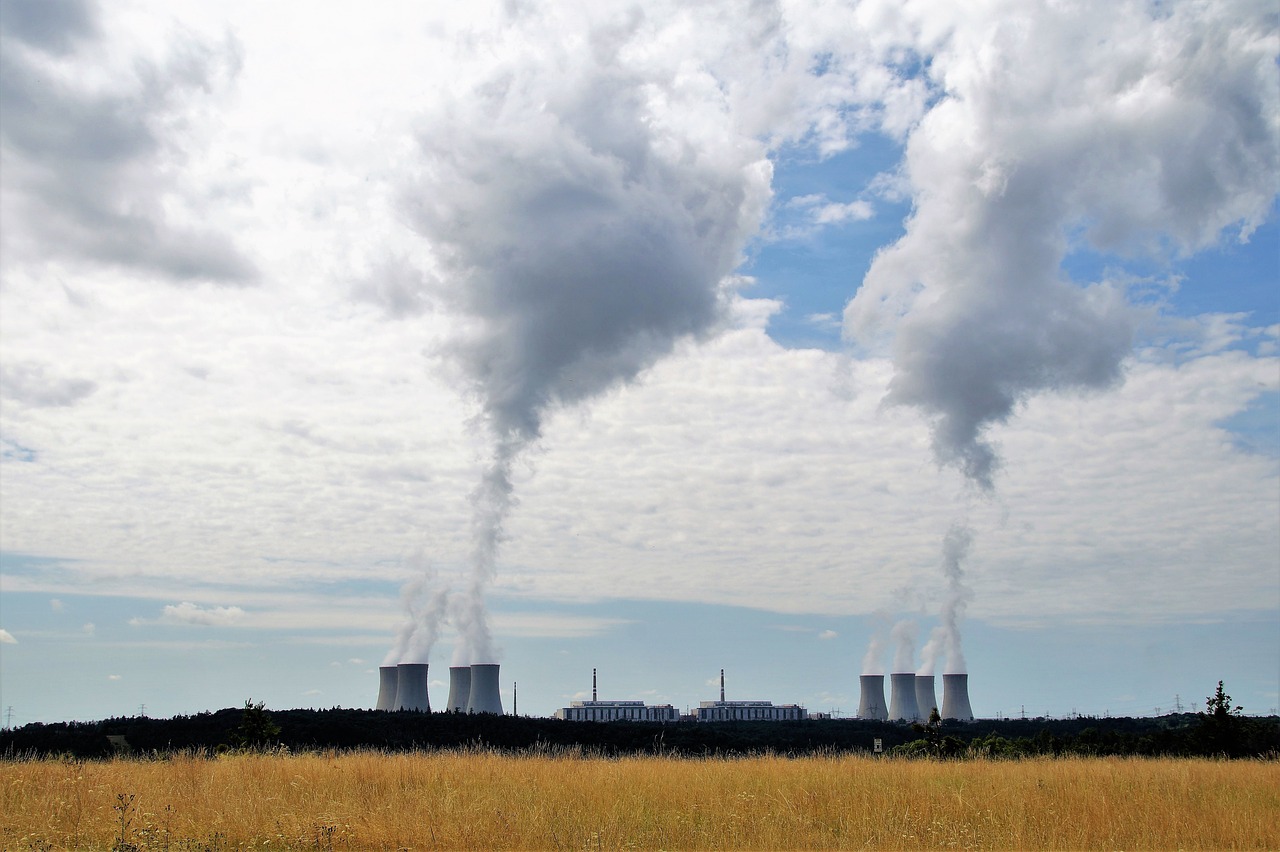
Potential Risks of Nuclear Power
Nuclear power, while often hailed for its potential to provide clean energy, is not without its share of risks. Understanding these risks is crucial for a balanced view of nuclear energy. One of the most pressing concerns is the possibility of nuclear accidents. Although modern technology has significantly reduced the likelihood of such incidents, the consequences can be catastrophic. Historical events, such as the Chernobyl disaster in 1986 and the Fukushima Daiichi incident in 2011, serve as stark reminders of the potential dangers. These accidents not only resulted in immediate hazards but also had long-term impacts on the environment and public health, leading to widespread fear and distrust of nuclear energy.
Moreover, the management of radioactive waste poses another significant challenge. Nuclear power plants generate waste that remains hazardous for thousands of years, necessitating robust and secure disposal methods. Current strategies include deep geological repositories and reprocessing, but public opposition and logistical hurdles often complicate these solutions. The question arises: how can we ensure the safety of future generations while managing waste effectively? This is a concern that the nuclear industry must address transparently to maintain public confidence.
In addition to accidents and waste management, there are broader implications related to nuclear proliferation. The technology used for nuclear power can also be applied in the development of nuclear weapons. This dual-use nature poses a risk of potential misuse, particularly in politically unstable regions. The international community must remain vigilant to prevent the spread of nuclear materials and technology that could lead to increased tensions and conflict.
To summarize, while the benefits of nuclear power are significant, it is essential to acknowledge and address these potential risks. A comprehensive approach that includes stringent safety protocols, effective waste management strategies, and international cooperation on non-proliferation is vital for the sustainable future of nuclear energy.
- What are the main risks associated with nuclear power? The primary risks include nuclear accidents, radioactive waste management, and nuclear proliferation.
- How often do nuclear accidents occur? Nuclear accidents are rare, but their consequences can be severe, as seen in Chernobyl and Fukushima.
- What is done with radioactive waste? Radioactive waste is managed through methods like deep geological repositories and reprocessing, though these solutions face public and logistical challenges.
- Can nuclear power be considered safe? While modern nuclear plants have robust safety measures, the potential risks necessitate ongoing vigilance and improvement in safety protocols.
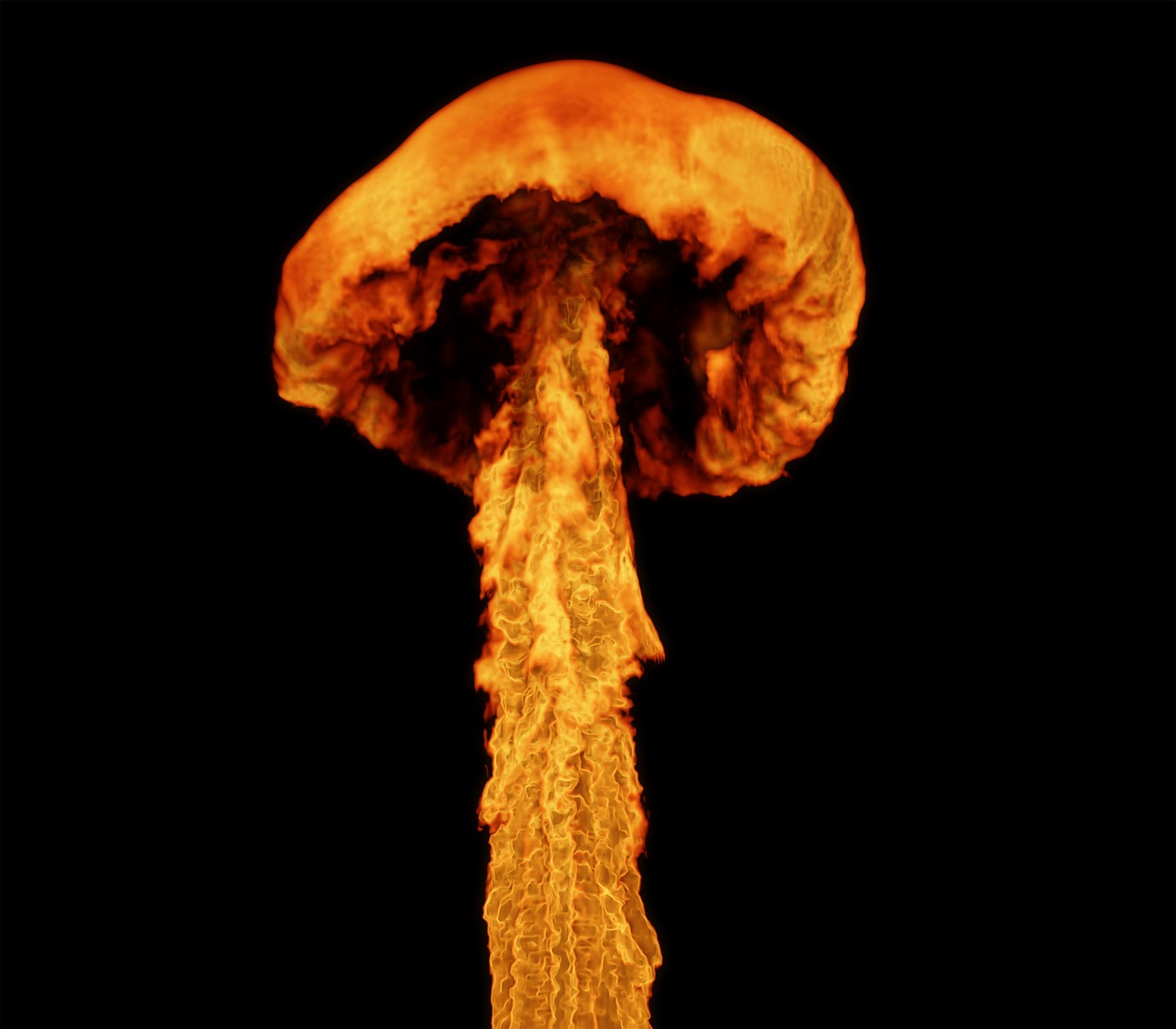
Nuclear Accidents
Nuclear accidents, while not commonplace, can lead to catastrophic consequences that resonate far beyond the immediate vicinity of the incident. The fear surrounding nuclear energy often stems from these rare but impactful events, which can alter public perception and influence energy policy for decades. Think of it like a storm: while most days are sunny, a single thunderstorm can cause significant damage and fear, leaving a lasting impression. Historical incidents such as the Chernobyl disaster in 1986 and the Fukushima Daiichi incident in 2011 serve as stark reminders of the potential dangers associated with nuclear power.
During the Chernobyl disaster, a reactor explosion released massive amounts of radioactive material into the atmosphere, affecting not only the local environment but also spreading across Europe. The aftermath was devastating, leading to long-term health issues and the evacuation of thousands of people. Similarly, the Fukushima disaster, triggered by a massive earthquake and tsunami, highlighted vulnerabilities in nuclear safety protocols, resulting in the release of radioactive water and significant public anxiety. These events have sparked considerable debate about the safety of nuclear energy and the effectiveness of existing safety measures.
To understand the implications of these accidents, we can look at some key factors:
- Immediate Health Risks: Exposure to high levels of radiation can lead to acute health effects, including radiation sickness and increased cancer risk.
- Environmental Impact: Radioactive contamination can persist in the environment for years, affecting wildlife and ecosystems.
- Economic Consequences: The financial burden of cleanup, compensation, and regulatory changes can be immense, often leading to increased energy costs.
Moreover, the psychological impact on communities can be profound. The fear of radiation and the stigma associated with nuclear power can lead to long-lasting effects on mental health and community cohesion. People affected by these incidents often face challenges in rebuilding their lives, as the fear of another accident lingers in the background.
In response to these incidents, the nuclear industry has taken significant steps to enhance safety protocols and improve public confidence. Regulatory bodies have implemented stricter safety standards, and advancements in technology have led to the development of more resilient reactor designs. However, the shadow of past accidents still looms large, reminding us that while nuclear power can be a reliable energy source, it must be managed with the utmost care and transparency.
Q1: What causes nuclear accidents?
A nuclear accident can occur due to a variety of factors, including human error, equipment failure, natural disasters, or a combination of these. The complexity of nuclear systems means that even a small oversight can lead to significant consequences.
Q2: How can nuclear accidents be prevented?
Preventative measures include rigorous training for plant operators, regular safety drills, and the implementation of advanced technology designed to detect and mitigate risks before they escalate into accidents.
Q3: What are the long-term effects of nuclear accidents?
The long-term effects can include health issues such as cancer, psychological trauma for affected communities, and environmental contamination that may last for decades, necessitating ongoing monitoring and remediation efforts.
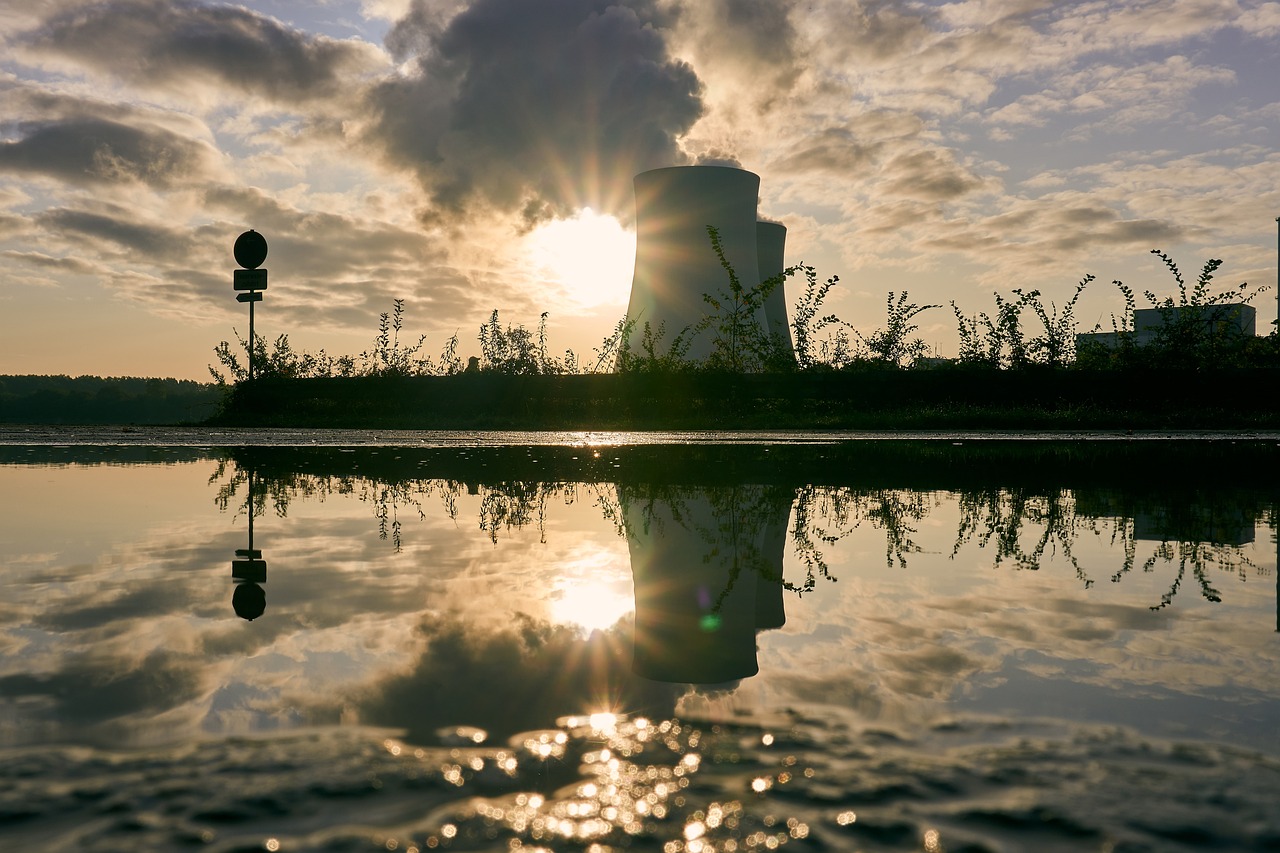
Radioactive Waste Management
Managing radioactive waste is one of the most critical challenges facing the nuclear industry today. As we harness the power of nuclear energy, we must also address the byproducts that result from its use. Radioactive waste can come from various sources, including spent fuel from reactors, decommissioned facilities, and medical applications. The key to effective waste management lies in ensuring that these materials are handled, stored, and disposed of safely, protecting both the environment and public health.
There are primarily three categories of radioactive waste: low-level waste, intermediate-level waste, and high-level waste. Each category requires different management strategies due to its varying levels of radioactivity and potential hazards. Here’s a brief overview:
| Waste Type | Characteristics | Management Strategies |
|---|---|---|
| Low-Level Waste | Contains materials with low levels of radioactivity, such as contaminated clothing and equipment. | Typically disposed of in near-surface facilities. |
| Intermediate-Level Waste | Includes materials that emit higher levels of radiation and require shielding during handling. | Stored in deep geological formations or specialized facilities. |
| High-Level Waste | Consists of spent nuclear fuel and other highly radioactive materials requiring cooling and shielding. | Long-term storage in deep geological repositories is essential. |
The management process begins with storage. After being removed from a reactor, spent fuel is initially stored in spent fuel pools, where it cools and its radioactivity decreases over time. This cooling period can last several years before the waste is transferred to dry cask storage or other long-term solutions. The goal during this phase is to minimize risk and ensure that the waste is contained securely.
Next comes the challenge of disposal. The most widely accepted method for high-level waste disposal is the use of deep geological repositories. These facilities are designed to isolate radioactive materials from the environment for thousands of years. The construction of such repositories involves extensive geological surveys to ensure that they are located in stable rock formations, far from groundwater supplies. Countries like Finland have made significant progress in developing these long-term solutions, showcasing a commitment to responsible waste management.
However, despite advancements, the issue of radioactive waste management is not without its controversies. Many communities express concern over the location of waste disposal sites, fearing potential environmental contamination. Moreover, the long-term nature of radioactive waste—some isotopes remain hazardous for thousands of years—raises questions about future generations' responsibilities. As a result, ongoing dialogue and transparency between the nuclear industry, regulators, and the public are crucial for building trust and ensuring effective waste management practices.
In conclusion, while the management of radioactive waste poses significant challenges, it is a critical component of the nuclear energy lifecycle. With robust systems in place for storage and disposal, and ongoing research into innovative solutions, we can work towards minimizing the risks associated with radioactive waste and ensuring a sustainable future for nuclear power.
- What is radioactive waste? Radioactive waste is material that contains radioactive substances and is a byproduct of various activities, including nuclear power generation and medical applications.
- How is radioactive waste disposed of? Disposal methods vary based on the waste type, with options including near-surface disposal for low-level waste and deep geological repositories for high-level waste.
- What are the risks associated with radioactive waste? Risks include potential contamination of the environment and public health concerns if waste is not managed properly.
- How long does radioactive waste remain hazardous? Depending on the isotopes present, radioactive waste can remain hazardous for thousands to millions of years.

Benefits of Nuclear Power
Nuclear power is often hailed as a game-changer in the quest for sustainable energy solutions. With the world increasingly focused on reducing carbon emissions and combating climate change, nuclear energy stands out due to its ability to produce large amounts of electricity without the greenhouse gas emissions associated with fossil fuels. Imagine a world where energy is abundant and clean, and nuclear power plays a pivotal role in making that dream a reality. But what are the specific benefits that make nuclear energy so appealing? Let’s dive into the advantages.
One of the most significant benefits of nuclear power is its low greenhouse gas emissions. Unlike coal or natural gas plants, which emit substantial amounts of carbon dioxide, nuclear reactors produce electricity through nuclear fission, releasing minimal emissions. To put this into perspective, a typical nuclear power plant can prevent the release of millions of tons of carbon dioxide each year. In fact, according to the World Nuclear Association, nuclear energy has helped avoid around 2.5 billion tonnes of CO2 emissions annually. This is equivalent to taking hundreds of millions of cars off the road!
Another compelling advantage is the reliability and stability of nuclear power. Unlike renewable sources like solar and wind, which can be intermittent, nuclear power plants operate continuously. They typically run at a capacity factor of over 90%, meaning they produce energy consistently and can be relied upon to meet base-load electricity demands. This reliability is crucial for maintaining a stable energy grid, especially during peak demand times when other energy sources may falter.
Moreover, nuclear power contributes significantly to energy security. By diversifying the energy portfolio, countries can reduce their dependence on imported fossil fuels, which are often subject to volatile prices and geopolitical tensions. Nuclear energy can provide a stable and domestic energy source, enhancing a nation’s energy independence. This diversification helps to mitigate risks associated with energy supply disruptions, ensuring that homes and businesses have a steady supply of electricity.
Additionally, the land footprint of nuclear power is considerably smaller compared to renewable energy sources like wind and solar. A nuclear plant can generate a large amount of energy on a relatively small piece of land, which is crucial in densely populated areas where land use is a significant concern. For instance, while a solar farm may require hundreds of acres to produce the same amount of energy as a nuclear facility, the latter can operate efficiently within a much smaller area, preserving land for agriculture or natural habitats.
Furthermore, advancements in nuclear technology are paving the way for even greater benefits. New reactor designs, such as small modular reactors (SMRs), promise enhanced safety, lower costs, and increased efficiency. These innovations could usher in a new era of nuclear power that is not only safer but also more adaptable to our evolving energy needs.
In conclusion, the benefits of nuclear power are numerous and compelling. From its low emissions and reliability to its role in enhancing energy security and minimizing land use, nuclear energy presents a viable solution in our fight against climate change. As we continue to innovate and improve nuclear technology, the potential for this energy source to contribute to a sustainable future is brighter than ever.
- What are the main advantages of nuclear power? Nuclear power provides low greenhouse gas emissions, reliable energy production, energy security, and a smaller land footprint compared to other energy sources.
- How does nuclear power help combat climate change? By producing large amounts of electricity without emitting carbon dioxide, nuclear power helps reduce overall greenhouse gas emissions.
- Are there new technologies in nuclear energy? Yes, advancements like small modular reactors (SMRs) are being developed to improve safety and efficiency in nuclear energy production.
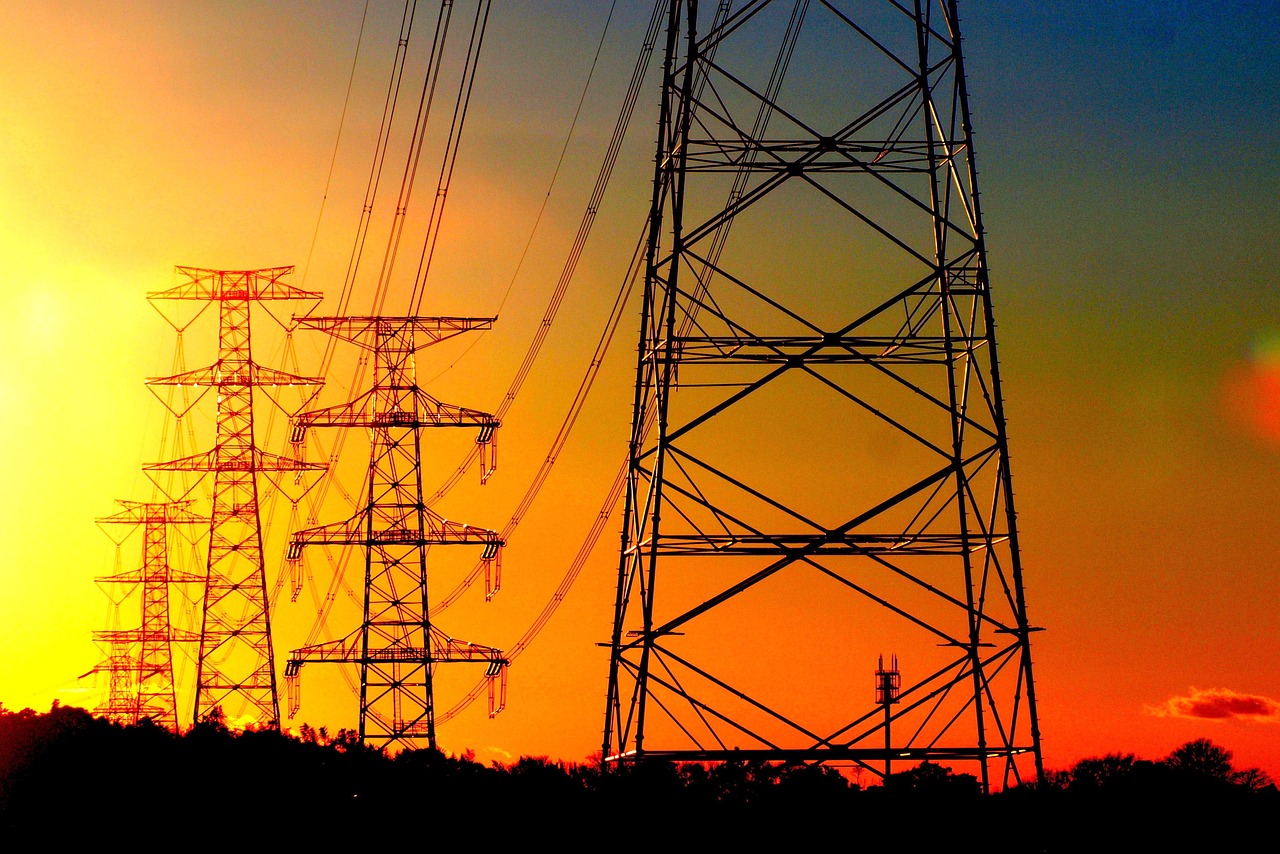
Low Greenhouse Gas Emissions
Nuclear power stands out as a beacon of hope in the fight against climate change, primarily due to its . Unlike fossil fuels, which release significant amounts of carbon dioxide and other harmful gases into the atmosphere, nuclear energy offers a cleaner alternative. The process of generating energy through nuclear fission produces negligible emissions, making it an attractive option for countries aiming to reduce their carbon footprints.
To put it into perspective, let's consider the emissions from various energy sources. According to studies, the life-cycle emissions of nuclear energy are comparable to those of renewable sources like wind and solar, which is remarkable when you think about the scale of energy production. In fact, the average emissions from nuclear energy are around 15 grams of CO2 equivalent per kilowatt-hour (gCO2e/kWh), while coal can emit over 900 gCO2e/kWh. This stark contrast highlights why many environmentalists advocate for nuclear energy as part of a balanced energy strategy.
| Energy Source | Average CO2 Emissions (gCO2e/kWh) |
|---|---|
| Nuclear | 15 |
| Natural Gas | 400 |
| Coal | 900 |
| Wind | 10 |
| Solar | 50 |
Moreover, as we transition towards a more sustainable energy future, the role of nuclear power becomes increasingly pivotal. With the world facing dire consequences from climate change, the need for reliable, low-emission energy sources has never been more critical. Nuclear energy not only helps in reducing greenhouse gas emissions but also provides a stable and continuous power supply, unlike some renewable sources that are dependent on weather conditions.
In essence, embracing nuclear power can be likened to planting a tree that grows tall and strong, providing shade and shelter for future generations. By investing in nuclear technology, we are not just addressing today’s energy needs; we are also safeguarding the planet for tomorrow. It’s a win-win situation—lower emissions and a reliable energy source that can help combat climate change while meeting the growing demands of our societies.
- What are the main advantages of nuclear power? Nuclear power offers low greenhouse gas emissions, reliable energy supply, and contributes to energy security.
- How does nuclear energy compare to renewable energy sources? Both nuclear and renewable sources have low emissions, but nuclear provides a constant energy supply, while renewables can be intermittent.
- What safety measures are in place for nuclear power plants? Modern nuclear plants have advanced safety systems, including containment structures and rigorous emergency protocols.
- How is radioactive waste managed? The nuclear industry employs various strategies for safe disposal, including deep geological storage and recycling technologies.
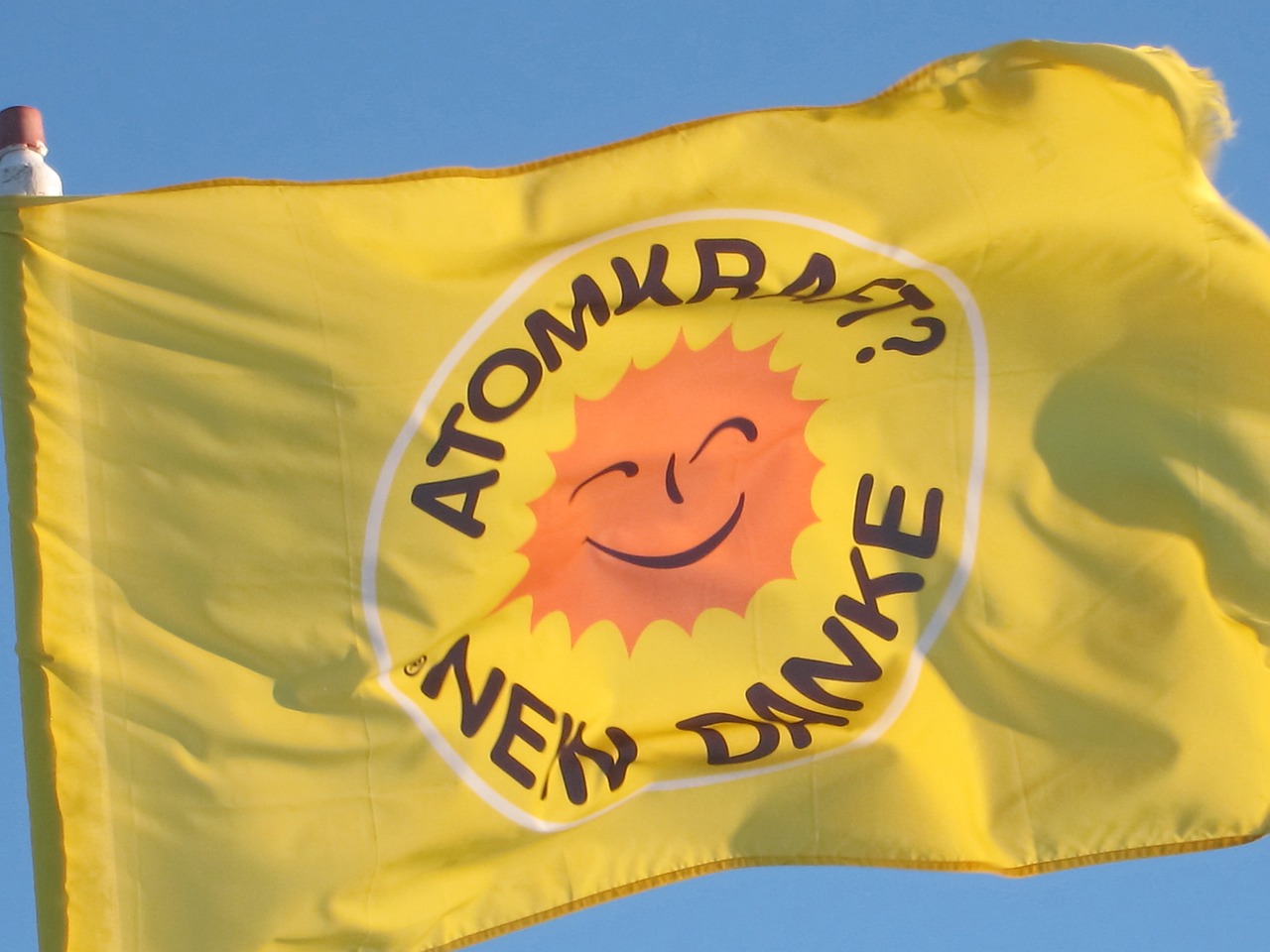
Energy Security and Reliability
Nuclear power is often hailed as a cornerstone of energy security, providing a stable and reliable source of electricity that can significantly contribute to a nation’s energy mix. Imagine a world where the lights never flicker, where energy is as dependable as the sun rising each day. This is the promise that nuclear energy holds. Unlike fossil fuels, which are subject to the whims of the market and geopolitical tensions, nuclear energy offers a consistent output that can be relied upon to meet the demands of a growing population.
One of the standout features of nuclear power is its ability to generate large amounts of electricity without the interruptions often associated with renewable sources like solar and wind. While these renewable sources are critical for a sustainable future, they can be unpredictable, dependent on weather conditions. Nuclear power plants, on the other hand, operate continuously, producing energy around the clock. This reliability is crucial for maintaining a stable grid and ensuring that homes and businesses have the power they need, regardless of external conditions.
Furthermore, nuclear energy plays a vital role in diversifying energy portfolios. By incorporating nuclear power into the energy mix, countries can reduce their dependence on imported fossil fuels, which can fluctuate in price and availability. This diversification is not just about energy sources; it’s about creating a resilient energy infrastructure that can withstand shocks and stresses. A balanced energy portfolio that includes nuclear power can help mitigate risks associated with energy supply disruptions.
To illustrate the impact of nuclear energy on energy security, consider the following table that compares the reliability of different energy sources:
| Energy Source | Reliability (Capacity Factor) | Carbon Emissions (gCO2/kWh) |
|---|---|---|
| Nuclear | 90% | 10 |
| Natural Gas | 60% | 400 |
| Wind | 35% | 0 |
| Solar | 25% | 0 |
The table clearly shows that nuclear energy boasts a high capacity factor, meaning it can produce power consistently over time. In contrast, renewable sources like wind and solar have lower capacity factors, indicating that they are less reliable as standalone energy sources. This doesn't diminish their importance; rather, it highlights the complementary role that nuclear energy can play in a diversified energy strategy.
In summary, nuclear power is not just about generating electricity; it’s about ensuring that our energy systems are robust, reliable, and capable of supporting modern life. By investing in nuclear technology, countries can enhance their energy security, reduce greenhouse gas emissions, and provide a steady supply of power that meets the needs of all citizens. As we move towards a more sustainable future, the role of nuclear power in achieving energy reliability cannot be overstated.
- What is the primary advantage of nuclear power? Nuclear power provides a reliable and consistent source of energy with low greenhouse gas emissions.
- How does nuclear energy contribute to energy security? By diversifying energy sources and providing a stable output, nuclear energy reduces dependence on fossil fuels and mitigates supply risks.
- Are there risks associated with nuclear power? Yes, while nuclear power is generally safe, there are potential risks such as accidents and waste management that must be carefully managed.
- What measures are in place to ensure the safety of nuclear power plants? Nuclear power plants are equipped with advanced safety systems, containment structures, and emergency response protocols to prevent accidents.
Frequently Asked Questions
- What is nuclear energy and how is it generated?
Nuclear energy is produced through a process called nuclear fission, where the nucleus of an atom splits into smaller parts, releasing a significant amount of energy. This energy is harnessed in nuclear power plants to generate electricity, making it a powerful and efficient energy source.
- How safe are nuclear power plants?
Nuclear power plants are designed with multiple safety measures to prevent accidents. These include advanced engineering controls, robust containment structures, and strict regulatory oversight. Continuous monitoring and regular safety drills ensure that staff are well-prepared for any emergencies.
- What are the potential risks associated with nuclear power?
While nuclear power is generally safe, there are potential risks, including the possibility of nuclear accidents and challenges in managing radioactive waste. Historical incidents, although rare, have raised concerns about safety protocols and public perception of nuclear energy.
- How is radioactive waste managed?
Radioactive waste management involves a series of strategies to ensure safe disposal and containment. This includes storing waste in secure facilities, recycling some materials, and developing long-term geological repositories to isolate waste from the environment.
- What are the environmental benefits of nuclear power?
Nuclear power is a low-carbon energy source that significantly reduces greenhouse gas emissions compared to fossil fuels. By providing a stable electricity supply without contributing to air pollution, nuclear energy plays a crucial role in combating climate change and promoting a sustainable future.
- How does nuclear power contribute to energy security?
Nuclear energy enhances energy security by diversifying the energy portfolio and providing a reliable power source. Unlike renewable sources that can be intermittent, nuclear power plants offer a consistent output, ensuring a stable electricity supply that supports economic growth and development.



















